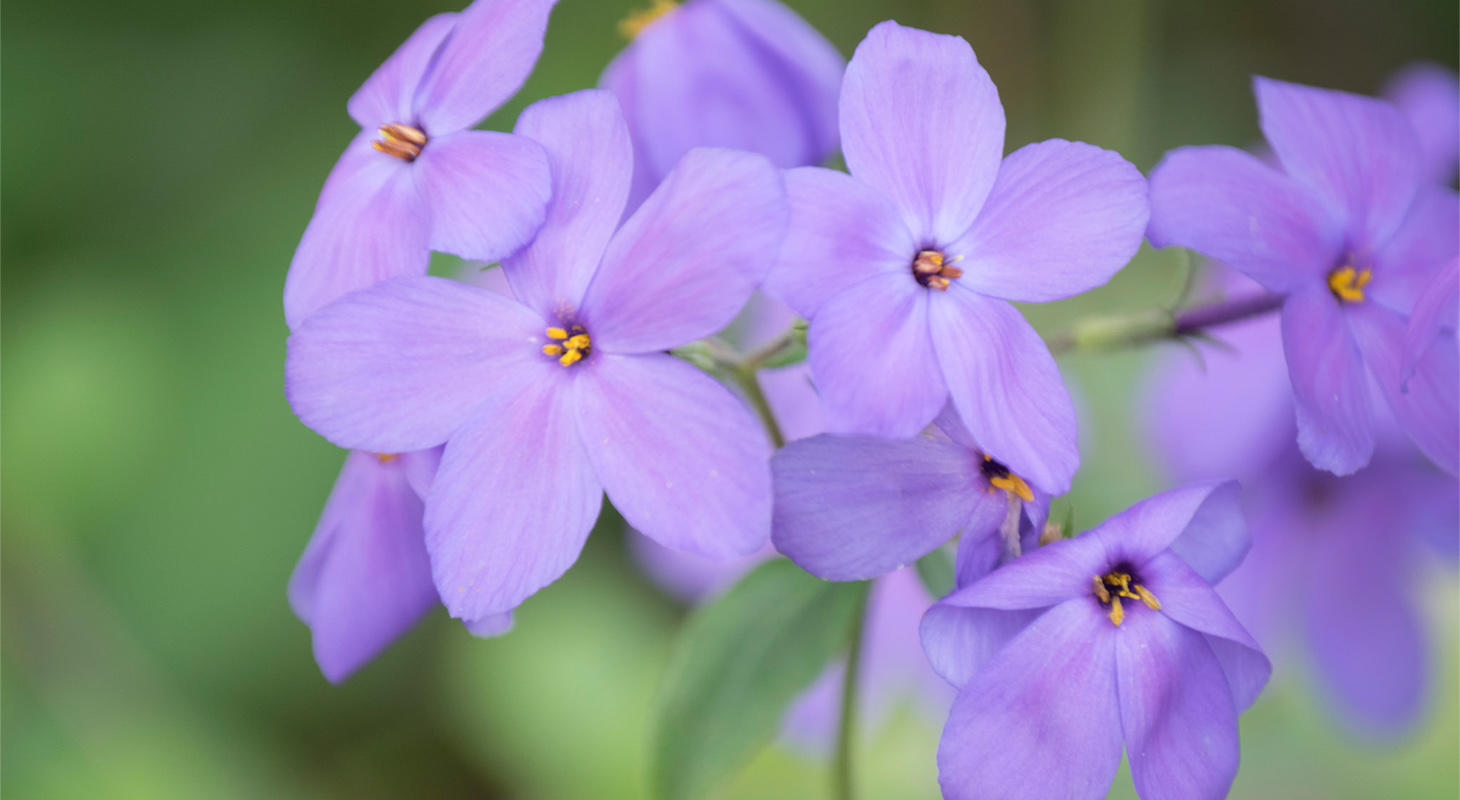In many ways, acting as a great host for birds is easier than putting together a dinner party. You have to purchase and prepare (well, plant) the food, but entertaining and cleanup are left to your winged guests.
Of course, different species have different dietary needs, whether in the form of seeds, fruits, or insects, so you will still need to plan accordingly. A garden filled with an assortment of flowers, shrubs, and trees will attract a wider variety of birds and important insects, and ensure your position as host-with-the-most.
Celebrate nature and North Carolina’s birds by planting 2017’s bird-friendly native plants of the year, and enjoy the results for years to come.
Find these and other plants at your local participating retailer!
Here’s your guest list:
Hummingbirds (and butterflies)
To attract hummingbirds (and butterflies) to your backyard this year, consider planting one of these nectar-rich plants.
Creeping Phlox
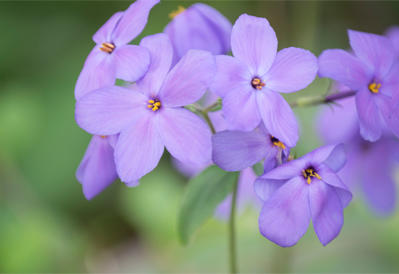
Sweet Azalea

In addition to nectar for hummingbirds, our native azaleas offer up a variety of caterpillars- 50 species- for baby-bird food.
Wild Quinine (Parthenium integrifolium)
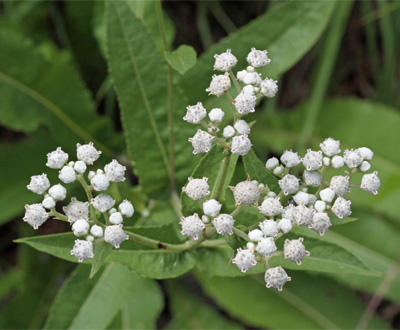
Popular with butterflies and other pollinators, this flowering plant also supports 15 native species of caterpillars. Not to mention, it’s deer resistant!
White Wood Aster (Eurybia divaricata)
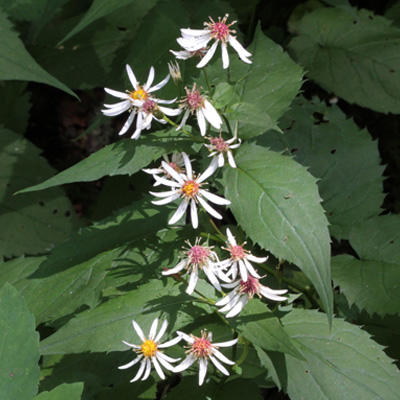
Attracts butterflies in particular.
New Jersey Tea (Ceanothus americanus)
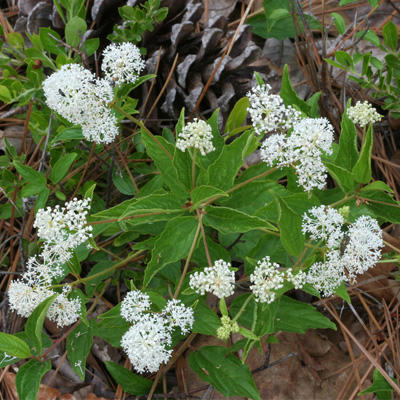
This pretty little woodland shrub (3 to 4 feet tall) with showy white flowers attracts butterflies and other pollinators. It supports songbird babies by feeding a variety of caterpillars: more than 40 native species.
Big-beaked Birds
Big-beaked birds include the Blue Grosbeak, Indigo Bunting, Painted Bunting, Northern Cardinal, American Goldfinch, House Finch, Song Sparrow, and Eastern Towhee, and other sparrows.
Yellow Indian Grass (Sorghastrum nutans)
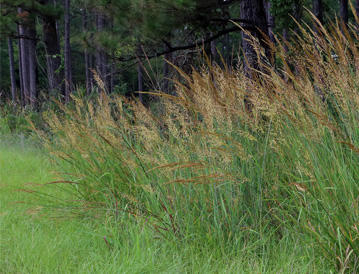
Star Tickseeds (Coreopsis pubescens)
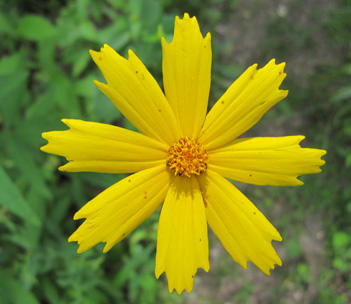
Wreath Goldenrod (Solidago caesia)

Among our native perennials, the goldenrods are superstars when it comes to producing caterpillars, supporting more than 100 species of native moths and butterflies that lay their eggs on Goldenrod.
Nuthatches
Largeflower Aster (Symphotrichum grandiflorum)
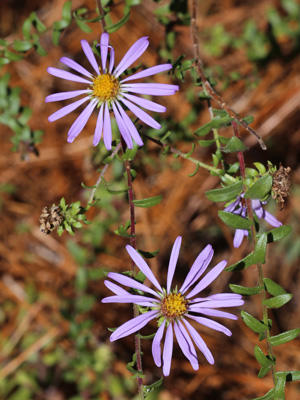
Big-beaked birds and tits (Carolina Chickadee, Tufted Titmouse) are also supported by this bright purple wildflower.
Thrushes
Thrushes like the American Robin, Eastern Bluebird, Wood Thrush, Swainson's Thrush, and Hermit Thrush are attracted to the fruits of the Sassafras tree from June through July in particular.
Sassafras

Sassafras is also a larval host plant for 36 native species of moths and caterpillars, including the spectacular caterpillars of the Spicebush swallowtail butterfly, Cecropia moth, and Promethea moth.
Mimids (Northern Mockingbird, Gray Catbird, Brown Thrasher),tanagers (Summer Tanager, Scarlet Tanager), and vireos (White-eyed Vireo, Red-eyed Vireo, Blue-headed Vireo) are also supported by the Sassafras tree.
Corvids
Corvids, also known as “the crow family,” include the American Crow, Fish Crow, Blue Jay, American Raven, and more, including magpies and nutcrackers in the western US.
Arrow-wood Viburnum (Viburnum dentatum)
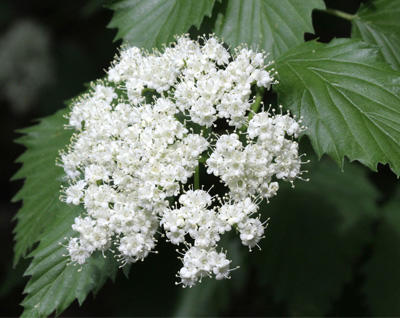
In addition to fall berries (important fuel for songbirds migrating south), our native Viburnum species are a good source of caterpillars: they support nearly 100 native species of moths and butterflies.
Thrushes, mimids (that’s birds who imitate others, like the Northern Mockingbird and its relatives the Brown Thrasher and Gray Catbird), and waxwings are also supported by this native shrub, which features dense foliage, white flower clusters, and dark blue berries.
Surprise party!
Blackgum (Nyssa sylvatica)
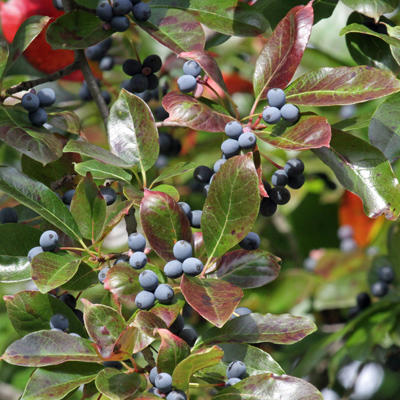
The Blackgum tree attracts a wide variety of birds to its blue-black fruits: Thrushes, mimids, woodpeckers, tanagers, and waxwings all flock to the Blackgum from August through October, making it the perfect native plant for the gardener who enjoys surprise parties.
Really, any time is a good time to plan to grow native plants that help NC birds. By supporting local growers in North Carolina, you are helping to lay down roots for more bird-friendly native plants to be cultivated and offered in the future.

